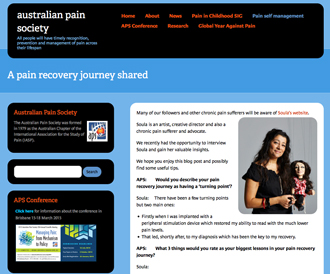 A pain recovery journey shared
A pain recovery journey shared
(Excerpt from Australian Pain Society’s blog. Read the full interview here)
We recently had the opportunity to interview Soula and gain her valuable insights.
We hope you enjoy this blog post and possibly find some useful tips.
APS: Would you describe your pain recovery journey as having a ‘turning point’?
Soula: There have been a few turning points but two main ones:
- Firstly when I was implanted with a peripheral stimulation device which restored my ability to read with the much lower pain levels.
- That led, shortly after, to my diagnosis which has been the key to my recovery.
APS: What 3 things would you rate as your biggest lessons in your pain recovery journey?
Soula:
- Firstly that my body is first and foremost driving recovery, it just needed the help of appropriate treatment. I initially presumed it was the other way around.
- That everyone needs a decent explanation of what is causing their pain before they can move on with recovery. In my case that was: the pudendal nerve lives in various levels of an overactive inflammatory state. The why’s, what’s and how’s are secondary information and unique to each person and we may actually never get those answers.
- That my lifestyle: Theo (husband) and creativity have been my biggest treatments of all.
APS: Did you participate in any group pain management programs along the way?
Soula: I was referred to two programs. One was at Epworth where I met Dr Bruce Kinloch. I’ll never forget that appointment, it was one of the few times I felt someone made time and was really listening to me. He was happy with my approach and he felt that I didn’t need to participate in the program. The other program was very disappointing asking me to accept that I would never investigate my pain issue if I was to take part. Obviously I couldn’t do that. At that stage I couldn’t even sit through the four appointments for the application, I had to attend them one per week… It was unthinkable that I would accept the unliveable state I was in and accept that would be ‘me’ forever.
APS: How much guidance did you receive to establish your own Pain Management team?
Soula: I feel I was on my own really and I think that is the reality. It is extremely difficult for anyone to help you as they don’t know what you’re experiencing. I tried to learn so much about chronic pain so I could communicate my issue and that is really important for any professional trying to help you. Again this goes back to the first point in the second question where I mention I am the one driving the recovery. I would head back to my GP/specialist and report what I was feeling and together we’d plan the next step. You report on a treatment response and that paves the way for the next stage and on and on that goes. You really want your GP to have a great phone book! Having said that I did find my diagnosing physio through my own research. I had written to Prof Lorimer Moseley after reading about his research in The Brain That Changes Itself. At that stage I asked him how long he thought I could pace up my sitting as I was planning to move away with my husband and focus totally on my recovery. His answer was something like 2 seconds. Thankfully he also advised of a local physiotherapist he knew of. I was diagnosed in about 5 minutes of speaking with her.Soula_ArtChronicPainCover
APS: How important are support groups for both you and your close family/community?
Soula: I can’t say I feel there is much support for my husband and family/community. It’s difficult with invisible pain, it’s a similar scenario with depression, we still don’t get it. Society seems to have been given an immense right to provide their opinion (e.g. with social media platforms) and this has opened up some kind of authority to encourage opinions and much judgment. Not many tread carefully or really think from someone else’s perspective. Although we have more information accessible to us, we seem to be learning less.
Support groups are extremely important and they existed for me. But they didn’t come in one form. They’re not just the organisational kind that offers conversation about personal experiences. They are the friends that arrive on your doorstep with food parcels, the friends that post things to you in the mail to lift your day, the people that help you achieve something you can’t on your own, the people that understand you can’t attend their party. They are your family who’s life has been impacted enormously by your health issue and don’t complain… even the community you gather with locally for a meal/drink who wave to you in the local street and know why you’re walking slowly and don’t carry a handbag. For me there’s also a huge online community. I’ve connected with the most incredibly generous professionals who have helped me understand my pain experience incredibly. Two of whom I’m working with to create a new pain management communication tool for patients and practitioners.
APS: What messages would you like to share with non pain sufferers to help them understand chronic pain?
(Excerpt from Australian Pain Society’s blog. Read the full interview here)


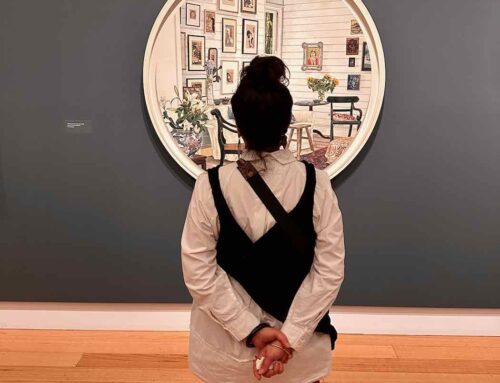
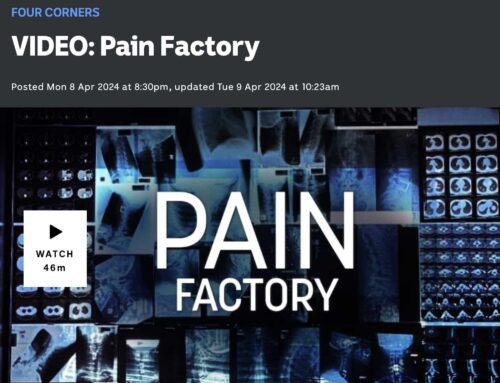
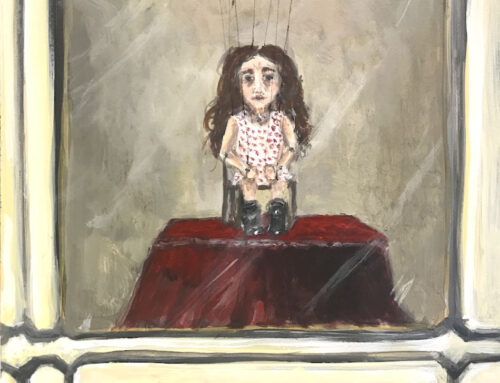
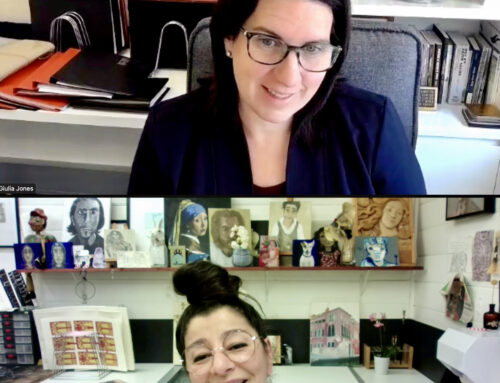
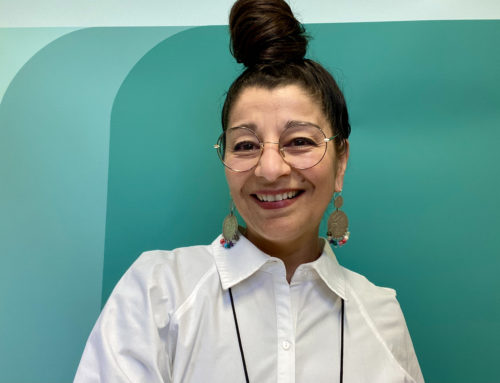
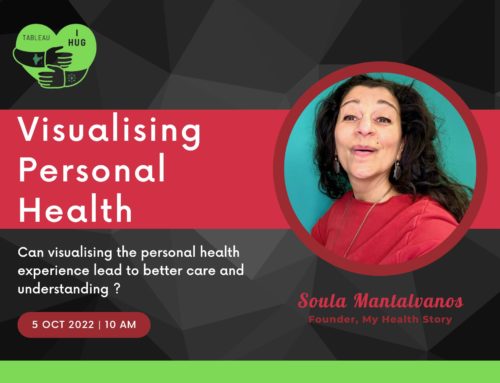
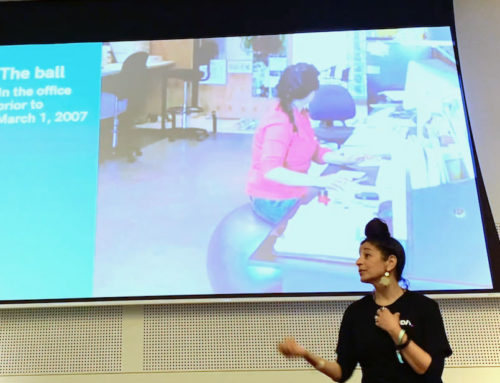
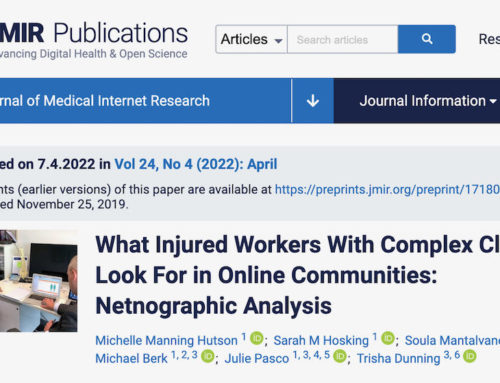
Dear Anne, I hope you’re feeling better. I remember hitting my lowest point on a holiday. It was right before the appointment I was going to have with the Prof who implanted me with my stim. I remember being so upset at the thought that even a holiday hurt!!! My device really saved me. It was the beginning of progress and getting back to quality of life. It broke the glacier of pain that nothing else seemed to even come close to reaching. Good luck and keep the creativity going, it’s our saviour!
I am a fellow artist Soula, on holiday at the moment suffering terrible flare! No emotional back up other than the guy’s on hope! After reading yout article I feel that now I’m at the end off my ‘thread’ I’m going back to uk and asking the ‘ very absent’ specialist of mine about a device like yours? It has obviously helped you!
Many thanks for article , I really enjoy following you
Anne
Your message
Soula, this is a very timely message. We now know that many people in pain have not been helped much or at all by treatment that has been based upon the biomedical and biopsychocial frameworks. A new paradigm for “pain” is slowly emerging and it is very pleasing for me to see that you are leading the way in this direction.